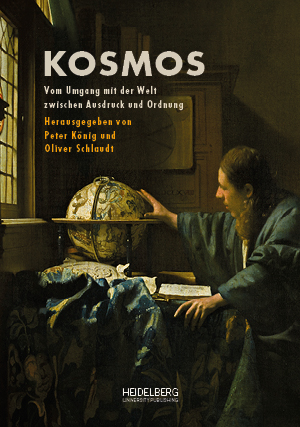Zitationsvorschlag
Identifier (Buch)
Veröffentlicht
Die Kosmologie der Altsteinzeit
Abstract Orientation in space and time is one of the most fundamental parameters of human life. In addition to the difference between day and night or the changing seasons, since ancient times people have found ways and means to measure the passage of time and to predict events. For this purpose, recurring astronomical events were observed, noted, and finally calculated. Impressive evidence of this can be found dating from the Neolithic period and the early civilizations around the world. But how far can such observations and calculations be traced back in human history? Since there are no written records or temple buildings from the Paleolithic, unambiguous evidence is rare. But the people of the last Ice Age, especially the Upper Paleolithic, left behind numerous works of art that point to observations and calculations of astronomical cycles and phenological calendars. Humans have been observing the moon for at least 40,000 years and have derived rhythms from it, as shown by several objects from the Aurignacian period. The path of the sun is more difficult to determine, but there is evidence that people used natural markers, such as cave entrances or rocks, to determine its course over a year. After all, one must also assume that people observed the night sky and, like later cultures, saw the regularities in it and created their myths according to it. This chapter aims to present possible examples of astronomical observations in the Paleolithic. The question of which basic social requirements must be met in order to carry out more complex astronomical observations should serve for discussing the plausibility of the examples presented. These and other examples, although they do not allow for a complete picture, give interesting insights into cosmologies of Paleolithic hunter-gatherers and their relation to time.
Keywords Paleolithic; hunter-gatherers; portable and parietal art; astronomical observation; cosmology







